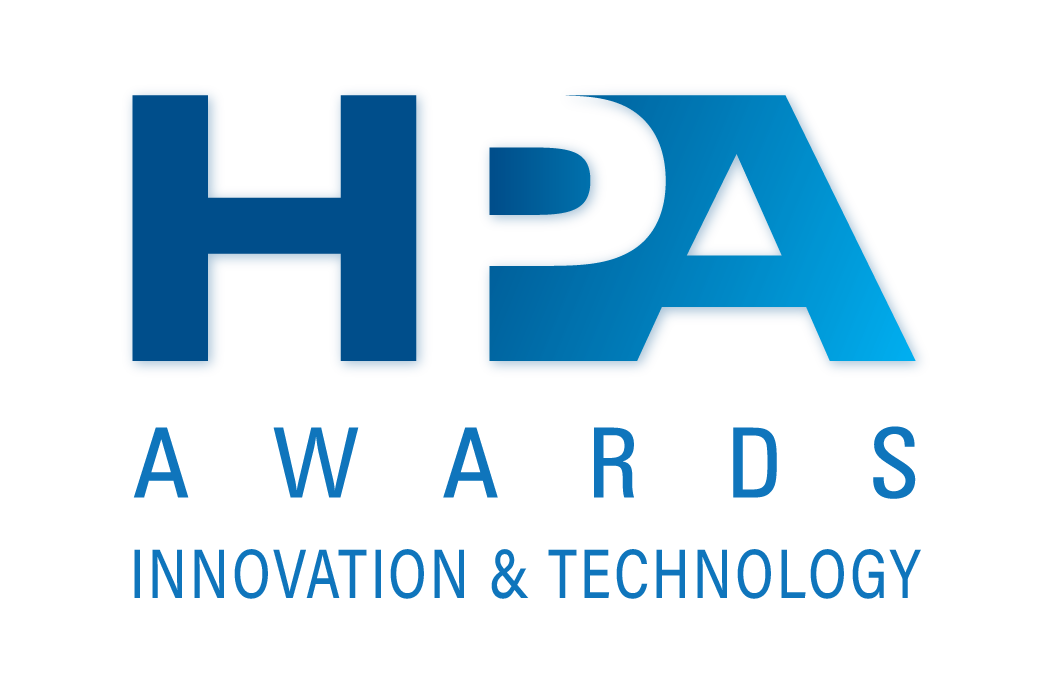S/PDIF Digital Audio Compared with AES3id
AES3id, the unbalanced physical form of the AES3 digital audio standard, is not the only type of digital audio that could be available on coax cable.
The consumer digital audio format, commonly called S/PDIF (for the Sony/Philips Digital Interface Format), also uses coax cable. However the connector as well as the format is different from AES3id.
Where AES3id specifies a BNC connector, devices with S/PDIF inputs and outputs use RCA connectors. (S/PDIF can also appear on optical connections as well.)
The maximum output voltage for AES3id is 1.0 volts peak-to-peak, while for S/PDIF itÕs 0.5 volts peak-to-peak.
While S/PDIF and AES3 share a common format for the bits representing the actual audio samples, the value and function of certain channel status bits differ. And those differences can mean incompatibility when trying to interface the two.
One bit in particular is used to identify whether the digital audio format is pro (AES3) or consumer (S/PDIF). Depending on the setting of this bit, the function of some of the other sub-code bits change. For example, if the consumer bit is set, then other bits function as the SCMS copy protection code. In pro mode, there are no bits dedicated to copy protection.
For some pieces of equipment the setting of the channel status bits is important, while others may ignore them entirely. So for some interconnections, things may work just fine, while for others, trouble.
If you experience problems like pops and clicks or no signal at all when interconnecting digital audio devices and youÕve already checked that the sample rates are the same and locked to each other, then check to see if the formats themselves are different.
Tune in next week for some tips on designing a system with both formats.
The professional video industry's #1 source for news, trends and product and tech information. Sign up below.
